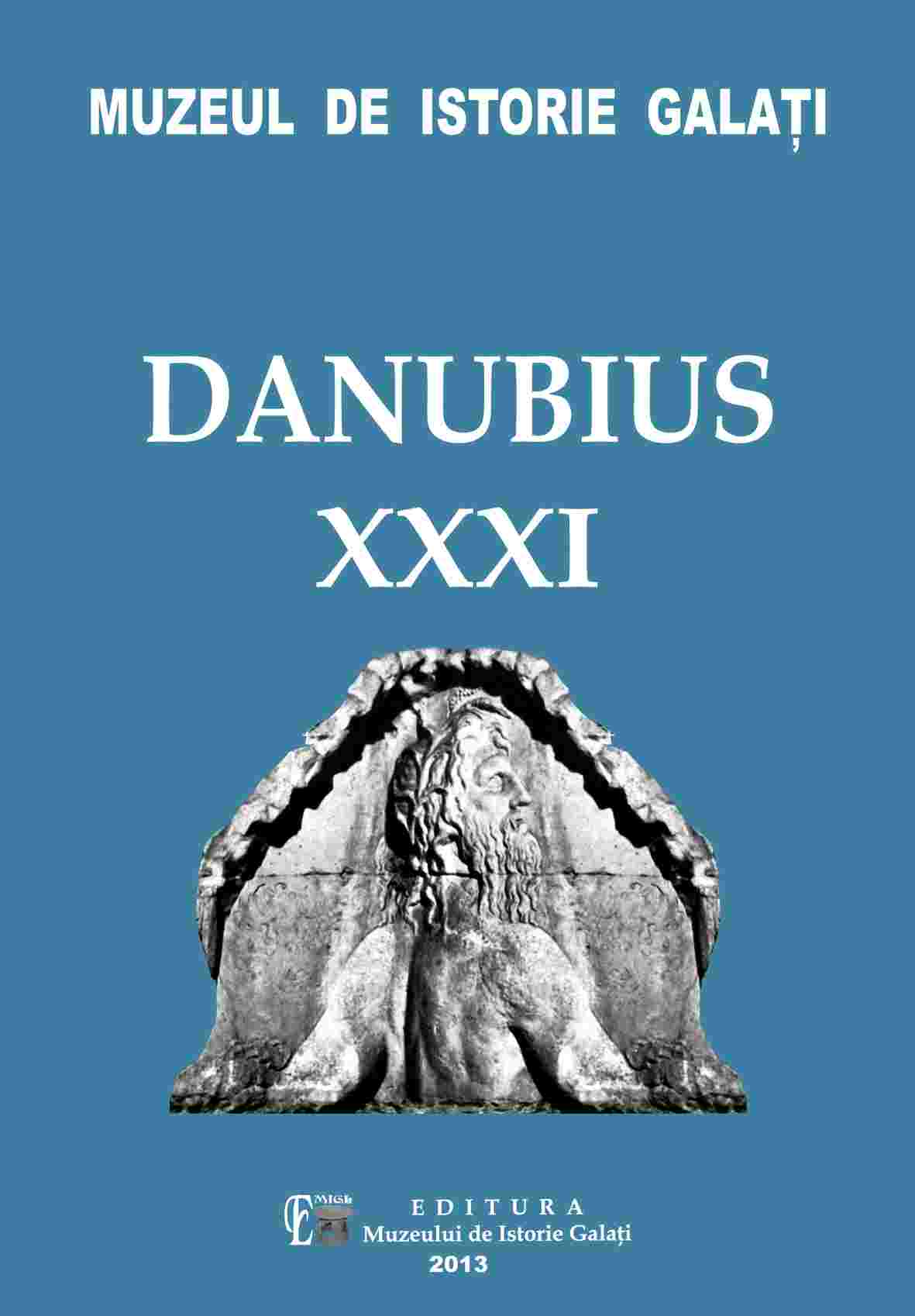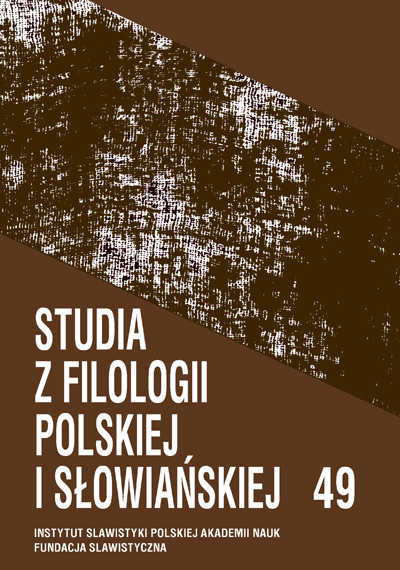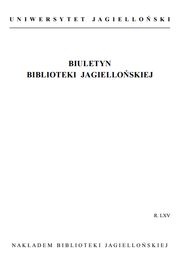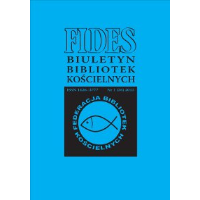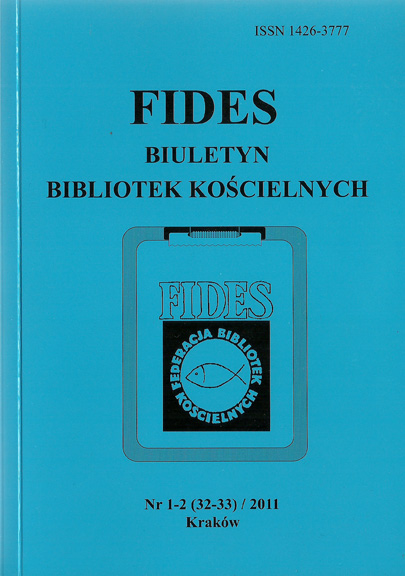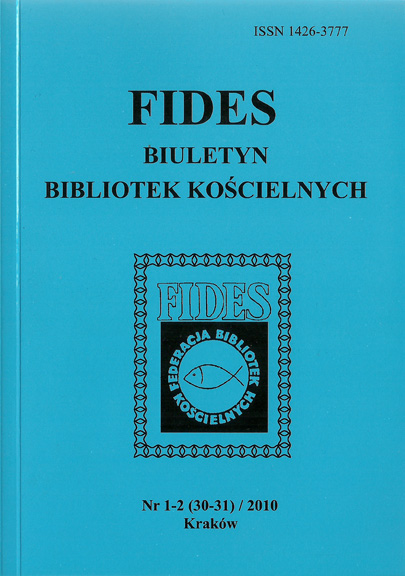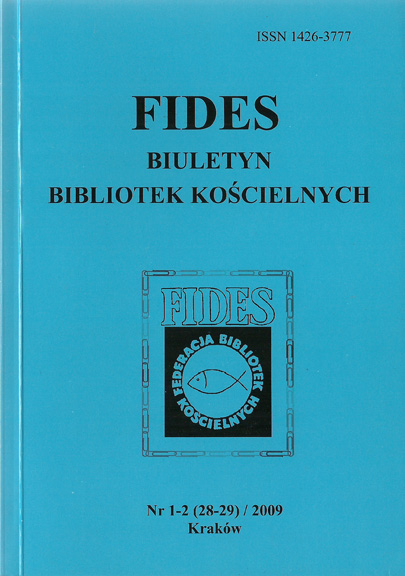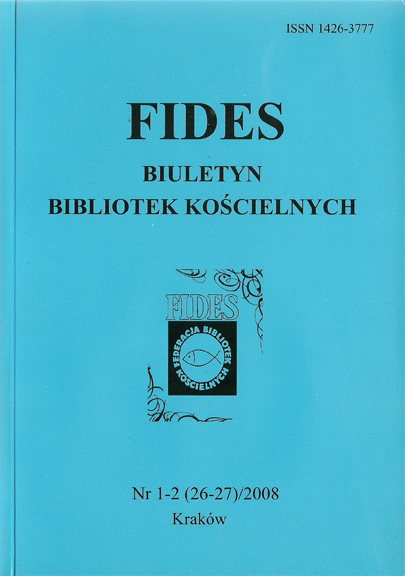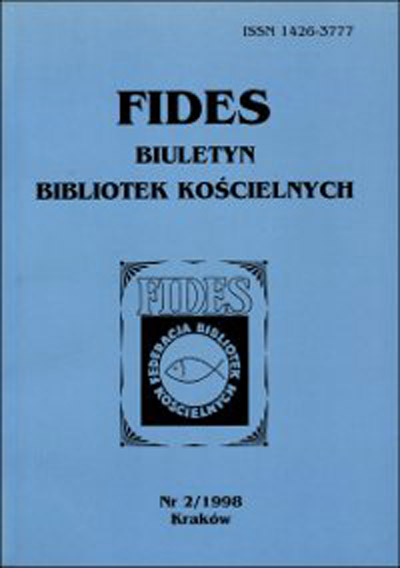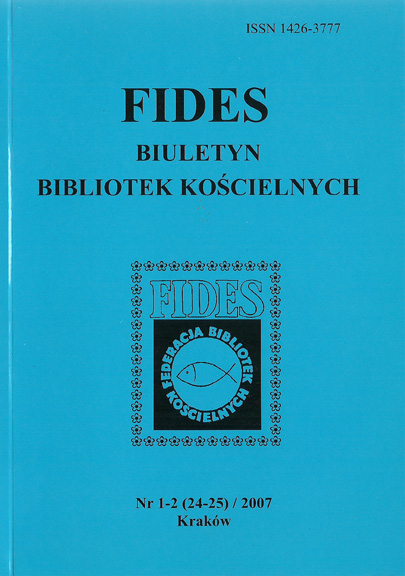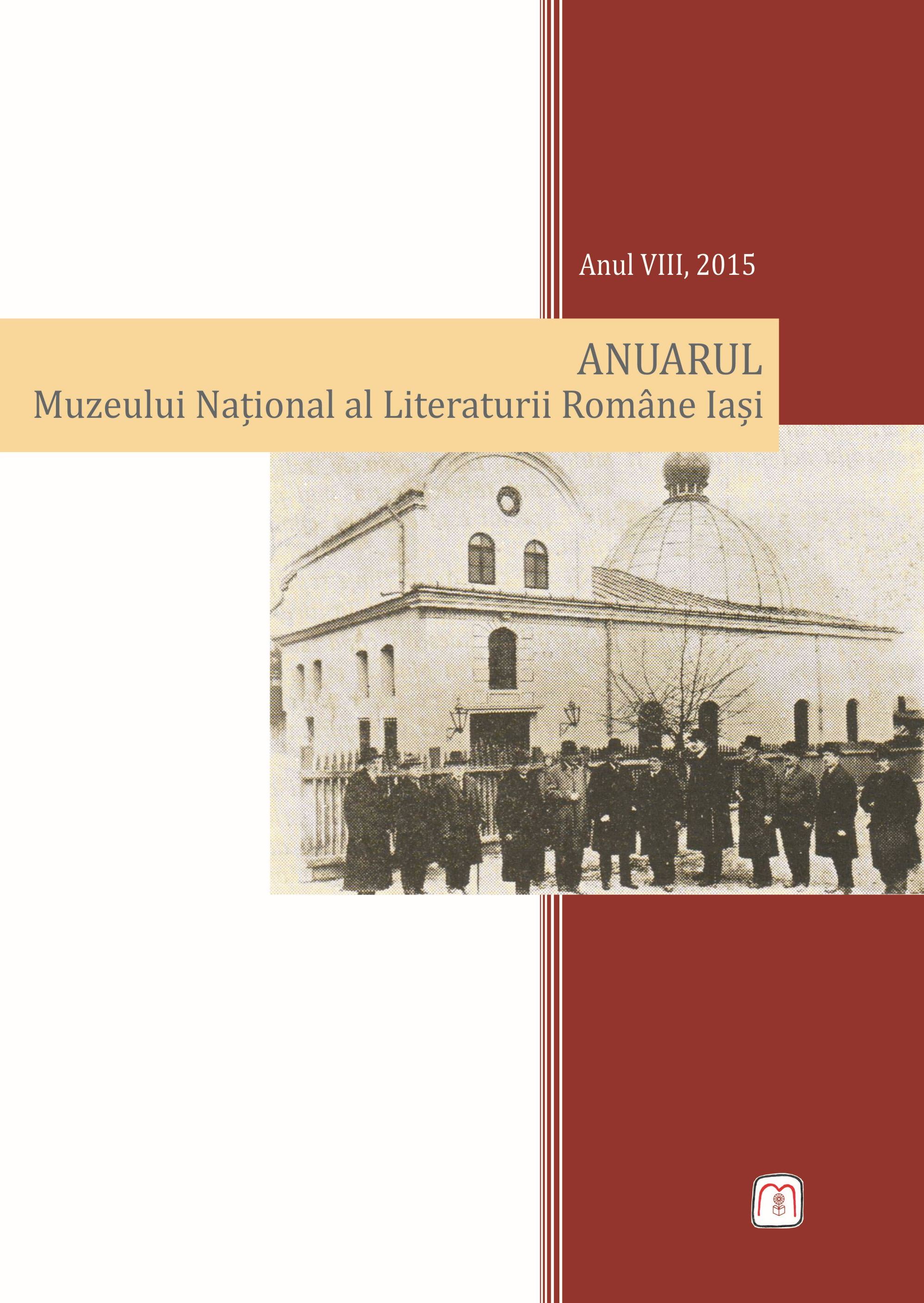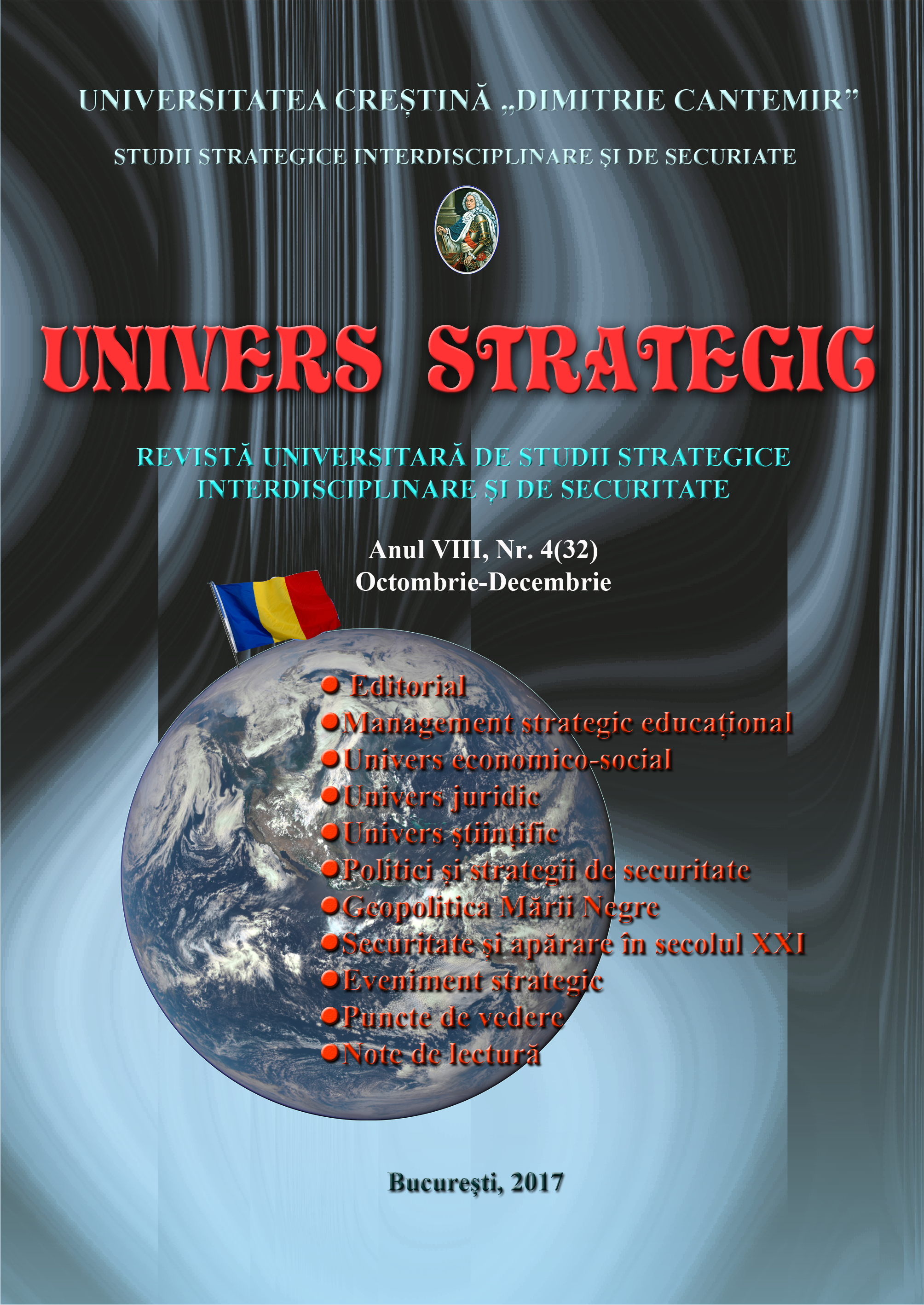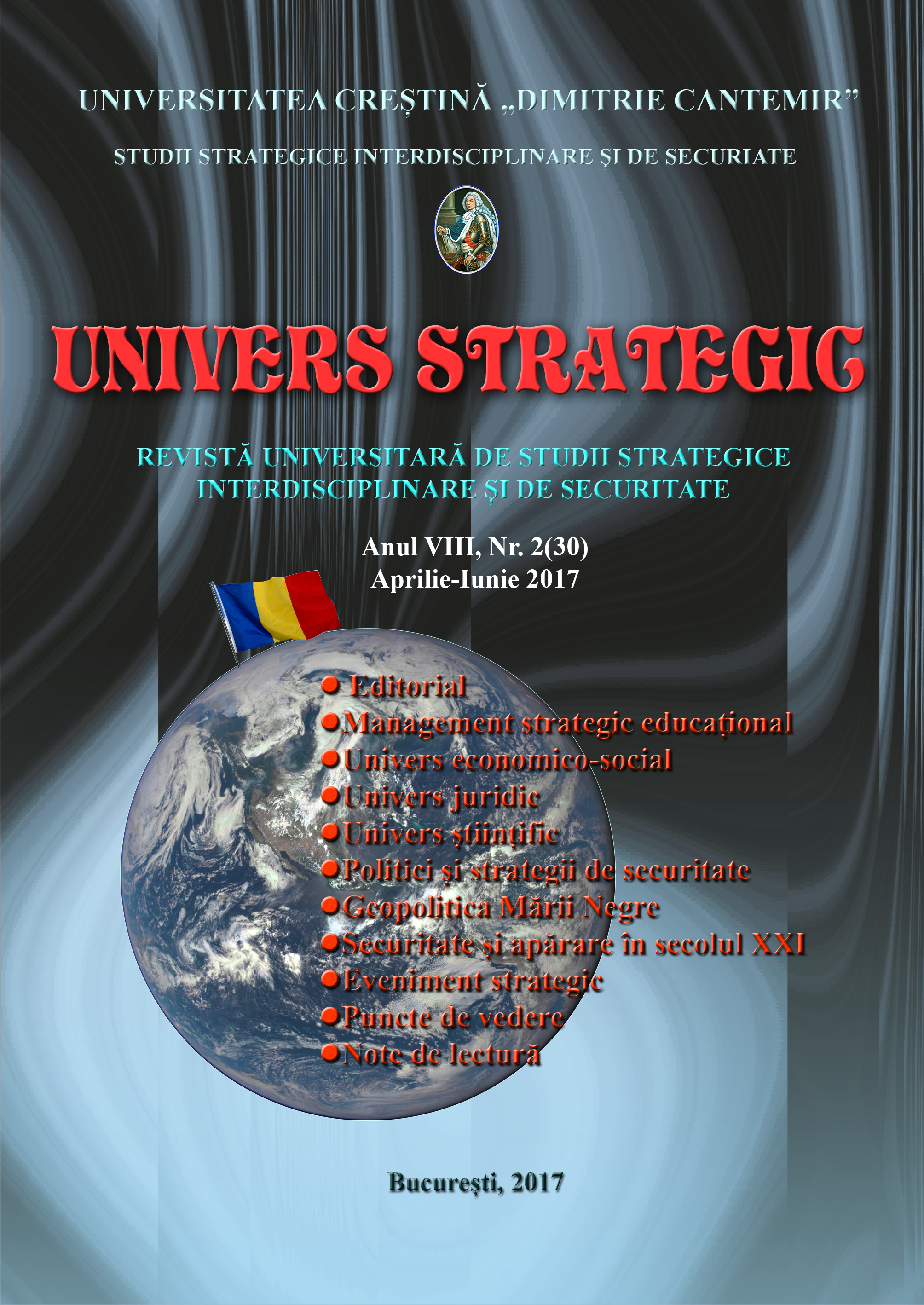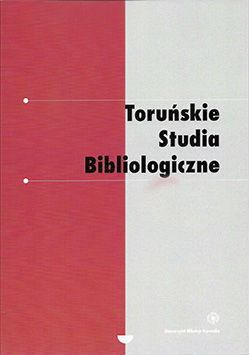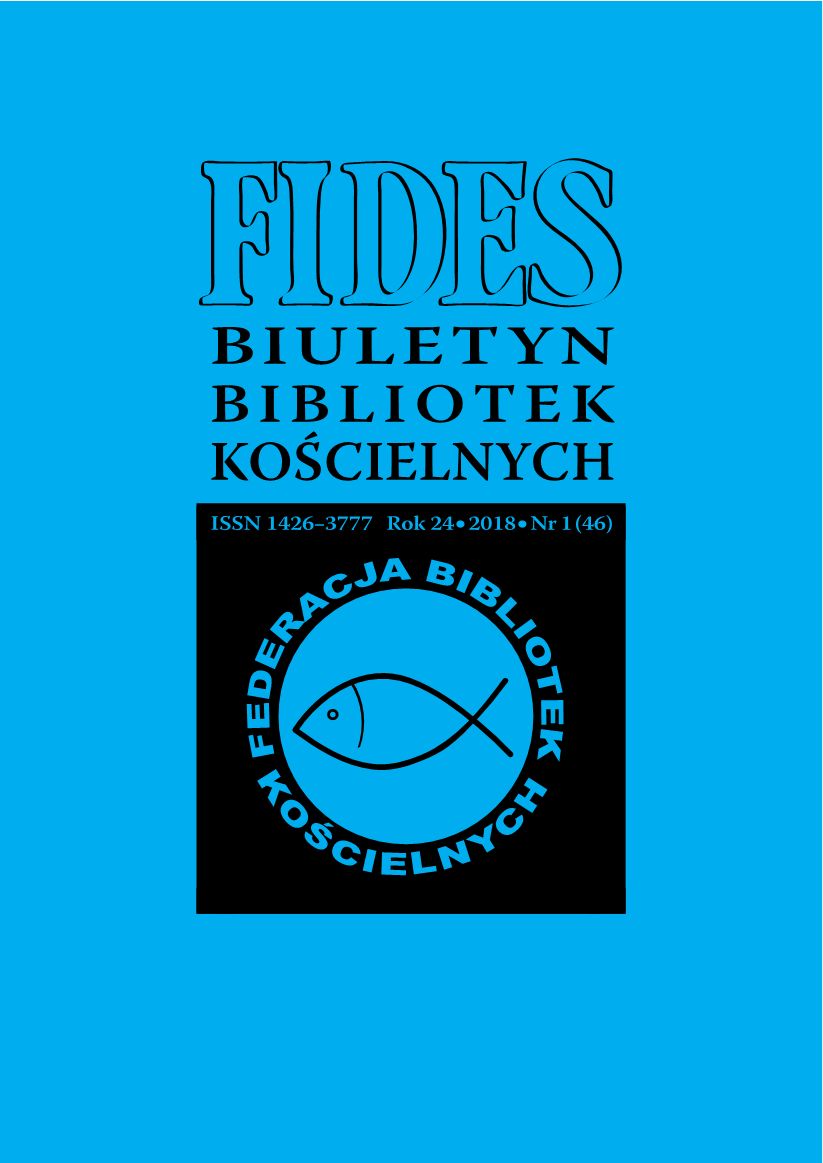Author(s): I. Gabriel Năstase / Language(s): Romanian
Issue: 30/2017
Ignoranța, prin cele mai aberante manifestări, a generat întotdeauna confuzii, iar înlăturarea ei s-a făcut prin cunoaştere şi ştiinţă , prin abordarea printr-o superficială percepție logică a fenomenelor.Pentru realizarea acestui echilibru dintre lumină şi întuneric, adevăr şi minciună, cunoaştere şi ignorantă, preocupările oamenilor au fost permanente şi neobosite.Tenacitatea oamenilor de a înlătura tenebrele ignoranței şi de a scoate la lumină realitatea în care se cunosc, se regăsesc din antichitate, avându-i ca principali reprezentanţi pe Pitagora, Platon, Zamolxis, Paracelsius ş.a.Odată cu momentul constituirii Marii Loji din Londra (1717) şi până în prezent, inițiații venerabilei Loji au căutat calea adevărului, a valorilor universale prin muncă şi creație.Vârful de lance al luptei împotriva ignoranței, prin cunoaştere şi ştiinţă, de-a lungul secolelor, a fost reprezentat şi de francmasoni. Nume cu rezonanță de-a lungul secolelor s-au adunat sub Cupola Templelor masonice implicându-se în domeniile artelor, științelor navigației, astronomiei ş.a.S-au realizat înţelegeri între oamenii puternici ai acelor vremuri şi oamenii de ştiinţă şi de cultură, între putere şi inteligență.Rezultatul acestor înţelegeri a creat premisele unei adevărate revoluții a spiritului uman, care va cuprinde în timp toate domeniile de activitate.Avatarurile dezvoltării societăţii umane avea să continue până în prezent, prin creatori anonimi sau recunoscuți, consacrați şi consemnați de istorie.Acest articol este un omagiu adus oamenilor de ştiinţă francmasoni, cei care, prin munca lor, au realizat breșe adânci în universul cunoaşterii, memorabile cu impact ireversibil în toate domeniile.
More...

